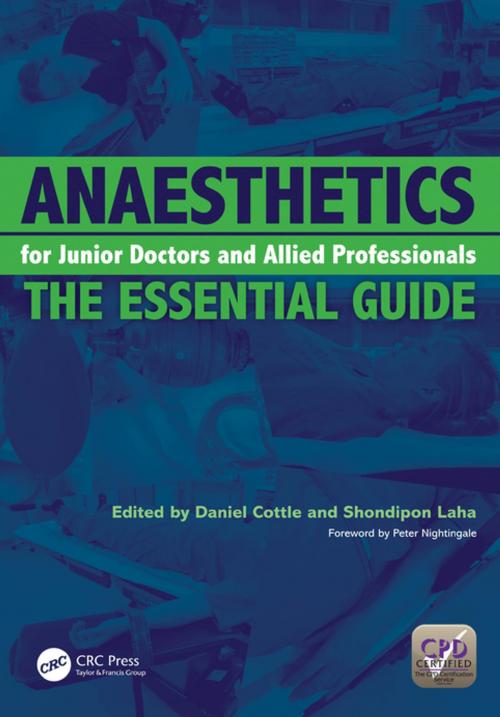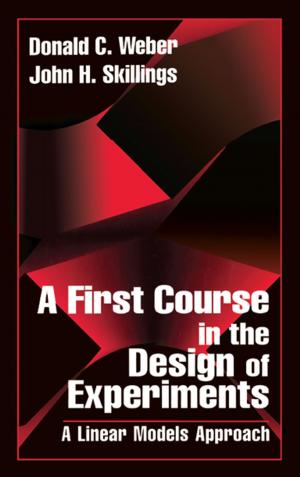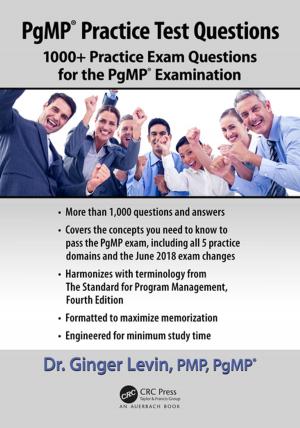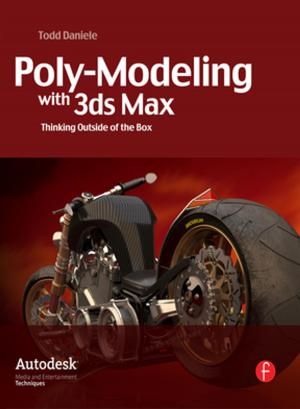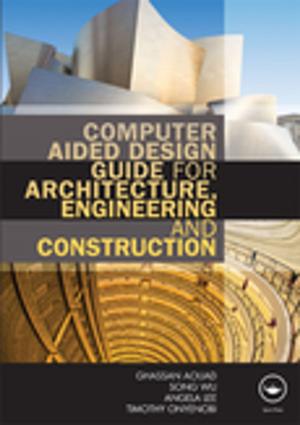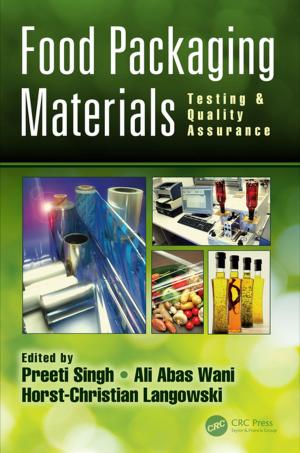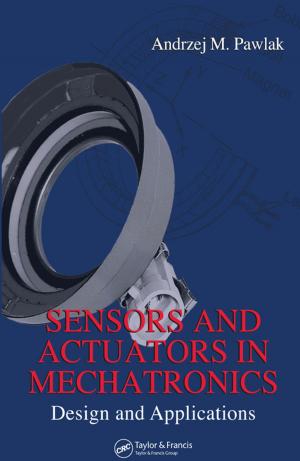Anaesthetics for Junior Doctors and Allied Professionals
The Essential Guide
Nonfiction, Health & Well Being, Medical| Author: | Daniel Cottle, Laha Shondipon | ISBN: | 9780429017063 |
| Publisher: | CRC Press | Publication: | April 19, 2018 |
| Imprint: | CRC Press | Language: | English |
| Author: | Daniel Cottle, Laha Shondipon |
| ISBN: | 9780429017063 |
| Publisher: | CRC Press |
| Publication: | April 19, 2018 |
| Imprint: | CRC Press |
| Language: | English |
Arriving in the anaesthetic room for the first time can be a daunting experience. You will be closely supervised, but everything will seem very new. Surgery is a stressful life-event for the patient and your job as an anaesthetist is to make it as safe and as comfortable as you can whilst ensuring the best outcome possible. Anaesthesia is no longer the preserve of the medical anaesthetist. It increasingly features in undergraduate and postgraduate healthcare education, and many of the competencies required need to be attained quickly, in conjunction with new drugs and equipment. This guide provides practical and clinically relevant advice in easily understandable sections to give you confidence and prepare you for your days in theatre - without the complicated physiology, pharmacology and physics. It allows you to understand the most common drugs and provides a rationale for using them. It's the perfect quick, clinical reference for dealing with common problems and emergencies; ideal for everyday use. This book is invaluable for anaesthetists starting out in their career, but is also highly recommended for Foundation, ACCS, ICM trainees, medical students, operating department trainees and nurses. It also provides an excellent revision basis for Primary FRCA candidates. 'This book provides the basic background and ground rules for how anaesthetists work, how they approach a problem and how one can prepare for it. Some of the initial chapters could be usefully read by all surgeons, especially those in Foundation Training posts, and medical students considering an anaesthetic or intensive placement. The use of lists, key points and limited use of references help make the book easy to read, or dip into between cases, and keep it a manageable size whilst still providing a mine of information for the target audience.' From the Foreword by Peter Nightingale
Arriving in the anaesthetic room for the first time can be a daunting experience. You will be closely supervised, but everything will seem very new. Surgery is a stressful life-event for the patient and your job as an anaesthetist is to make it as safe and as comfortable as you can whilst ensuring the best outcome possible. Anaesthesia is no longer the preserve of the medical anaesthetist. It increasingly features in undergraduate and postgraduate healthcare education, and many of the competencies required need to be attained quickly, in conjunction with new drugs and equipment. This guide provides practical and clinically relevant advice in easily understandable sections to give you confidence and prepare you for your days in theatre - without the complicated physiology, pharmacology and physics. It allows you to understand the most common drugs and provides a rationale for using them. It's the perfect quick, clinical reference for dealing with common problems and emergencies; ideal for everyday use. This book is invaluable for anaesthetists starting out in their career, but is also highly recommended for Foundation, ACCS, ICM trainees, medical students, operating department trainees and nurses. It also provides an excellent revision basis for Primary FRCA candidates. 'This book provides the basic background and ground rules for how anaesthetists work, how they approach a problem and how one can prepare for it. Some of the initial chapters could be usefully read by all surgeons, especially those in Foundation Training posts, and medical students considering an anaesthetic or intensive placement. The use of lists, key points and limited use of references help make the book easy to read, or dip into between cases, and keep it a manageable size whilst still providing a mine of information for the target audience.' From the Foreword by Peter Nightingale
